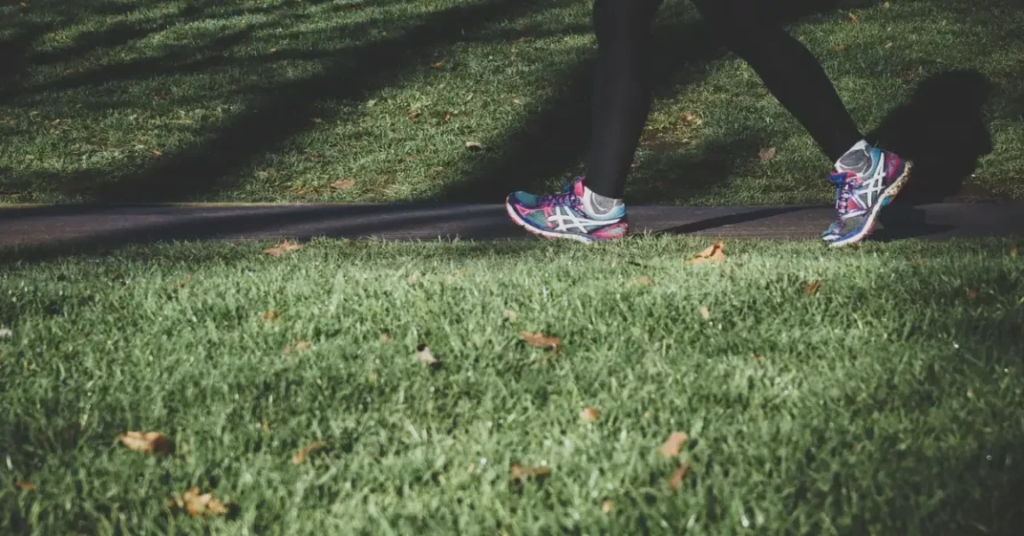Even as age, maintaining energy and slowing down the aging process become increasingly important. One of the most effective ways to get this done is through regular physical activity. Anti-aging exercise programs are designed to combat the physical and organic effects of aging, offering both immediate and long-term benefits. This blog delves into the science behind these exercise programs and how they contribute to a healthier, younger body.

The Role of Physical activity in Aging
Physical activity is critical in mitigating the Longevity Program effects of aging, influencing various physiological processes and systems within the body.
Cellular Health
Exercise impacts cellular health by promoting the repair and regeneration of cells. It enhances mitochondrial function, which is vital for energy production. Even as age, mitochondrial function declines, leading to reduced energy levels and increased susceptibility to disease. Regular physical activity helps maintain mitochondrial health, thereby supporting overall cellular function and energy.
Hormonal Balance
Exercise influences hormone levels, including those that play a role in aging. For example, physical activity helps regulate insulin level of responsiveness and glucose metabolism, reducing the risk of type 2 diabetes and other age-related conditions. It also impacts stress human hormones like cortisol, which can have detrimental effects when chronically elevated.
Key Components of Anti-Aging Exercise Programs
Effective anti-aging exercise programs incorporate a variety of activities that target different aspects of physical health.
Aerobic exercise
Aerobic exercise, such as walking, running, or swimming, enhances cardiovascular health by improving circulation and lung capacity. This type of exercise helps reduce the risk of heart problems, high blood pressure, and stroke. It also supports cognitive function by increasing the circulation of blood to the brain, which can help preserve memory and mental acuity.
Strength training
Strength training, or resistance exercise, is essential for maintaining muscle mass and bone density. Even as age, muscle mass and bone density naturally decline, leading to frailty and increased risk of fractures. Regular strength training helps fight these effects by stimulating muscle growth and improving bone strength, which contributes to overall mobility and stability.
Flexibility and Balance Exercises
Flexibility and balance exercises, such as yoga or stretches routines, are vital for maintaining joint health and preventing falls. Improved flexibility enhances range of motion and reduces stiffness, while balance exercises help stabilize the body and prevent injuries. These components of anti-aging exercise programs are particularly important for maintaining independence and total well being in older adults.
High-Intensity Interval Training (HIIT)
HIIT involves short bursts of intense exercise pursued by periods of rest. This type of training has been shown to improve cardiovascular fitness, insulin level of responsiveness, and muscle strength. HIIT can be particularly effective in stimulating the production of growth factors that support cellular repair and regeneration, making it a valuable part of anti-aging exercise programs.
The Scientific Basis for Anti-Aging Benefits
Research supports the many benefits of physical activity in slowing down the aging process, highlighting its relation to various organic markers and health outcomes.
Telomere Length
Telomeres are protective lids at the ends of chromosomes that shorten with each cell division. Shortened telomeres are associated with aging and cellular dysfunction. Studies have shown that regular exercise can help maintain telomere length, potentially delaying the start of age-related diseases and promoting longevity.
Inflammation Reduction
Chronic inflammation is related to many age-related diseases, including heart problems and cancer. Exercise has been shown to reduce systemic inflammation by modulating immune system function and decreasing the production of inflammatory cytokines. This lowering inflammation contributes to all-around health and well-being.
Oxidative Stress
Oxidative stress, caused by an imbalance between free radicals and antioxidants, is a major think about aging and disease. Exercise enhances the body’s antioxidant safeguarding and promotes the production of endogenous antioxidants, helping to neutralize free radicals and reduce oxidative stress.
Creating an effective Anti-Aging Exercise routine
To maximize the benefits of an anti-aging exercise routine, consider the following tips:
Variety and Consistency
Incorporate a variety of aerobic, strength, flexibility, and balance exercises into your routine. Consistency is key, so target at least one humdred and fifty minutes of moderate aerobic activity a week, combined with strength training exercises on two or more days.
Personalization
Target your exercise routine to your individual needs and fitness level. Consult with a fitness professional or healthcare provider to develop a program that addresses your specific goals and any health conditions you may have.
Progressive Overload
Gradually increase the intensity and duration of your workouts to continue challenging your body and promoting improvements. Progressive overload helps prevent plateaus and ensures ongoing benefits.
Recovery and Rest
Allow for adequate recovery between workouts to prevent overtraining and reduce the risk of injury. Incorporate rest days and consider practices such as stretches or yoga to support recovery and observe after flexibility.
Conclusion: Looking at Anti-Aging Exercise Programs for a Healthier Future
Anti-aging exercise programs give a powerful ways to combat the effects of aging and enhance all-around health. By incorporating a diverse range of activities and understanding the science behind their benefits, you can create a routine that supports cellular health, hormonal balance, and physical energy. Embrace the electricity of physical activity to slow down the aging process, improve your quality of life, and enjoy a more vibrant future.